Welcome, coffee lovers! Let's dive deeper into coffee and explore the differences between espresso and "regular" coffee. As a coffee specialist, I'm here to illuminate the intricacies of coffee brewing, roasting, and taste profiles.
Espresso vs. Regular Coffee: What's the Difference?
First, let's dispel a common misconception - espresso is not a specific type of coffee bean. Espresso can be made from any coffee bean, Arabica or Robusta. The difference between espresso and "regular" coffee lies in how it is brewed and roasted.
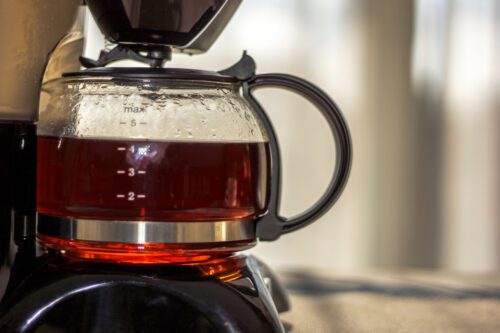
It's All in the Roasting and Brewing
Regarding roasting, espresso beans are roasted longer than regular coffee beans. This longer roasting process turns a darker bean ground into a finer powder than regular coffee.
The finer grind allows for a higher surface area-to-water ratio, meaning that the hot water can extract more flavor and aroma from the beans in a shorter time.
The brewing process for espresso is also different from regular coffee. Instead of the slow drip process used for regular coffee, espresso is made by forcing hot water through the finely ground beans at high pressure.
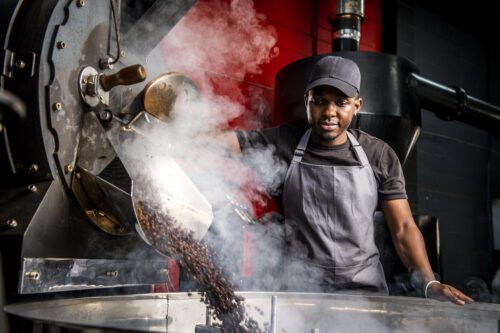
This process creates a concentrated shot of coffee that is richer and more intense in flavor than regular coffee.
Taste Profiles: Richness and Acidity
The taste profile of espresso is distinct from regular coffee, with a heavier mouthfeel and lower acidity.
This is due to the longer roasting process, which releases more natural oils from the beans. These oils give the espresso its signature richness and depth of flavor.
Caffeine Content: Size Matters
The debate between espresso and regular coffee can be perplexing regarding caffeine content. While it is generally believed that espresso has a higher caffeine content than regular coffee, this is not necessarily true.
The caffeine content of espresso can vary depending on the size of the shot and the type of beans used. A single shot of espresso contains roughly 63mg of caffeine, while a regular cup of coffee can range from 95mg to 200mg, depending on the brewing method and the type of beans used.
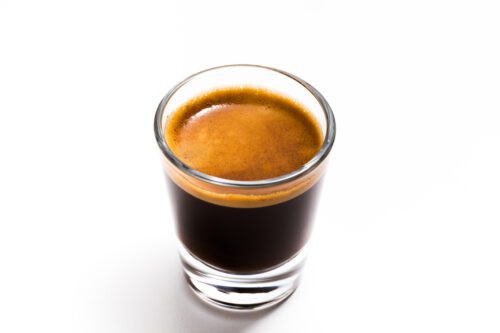
However, it's important to remember that espresso shots are much smaller than regular cups of coffee. A traditional espresso shot is only about 1 ounce, while a regular cup of coffee can range from 8-10 ounces or more.
This means that while a single shot of espresso may contain less caffeine than a cup of coffee, the concentrated nature of the shot means that you are still getting a similar caffeine boost.
Brewing Methods for Espresso and Regular Coffee
Now, let's talk about brewing methods. Espresso machines can be expensive, making them an investment for serious coffee lovers.
However, Nespresso-style machines make it easy to enjoy a quick and easy espresso at home or in the office.
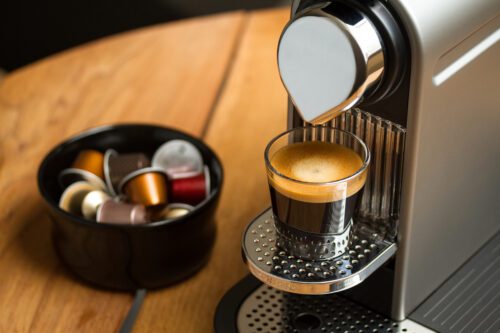
These machines use pre-packaged pods filled with pre-ground coffee, making them a convenient and mess-free option.
Regular Coffee: From Drip to Pour-Over
When it comes to regular coffee, there are a wide variety of brewing methods. Each method has unique strengths and weaknesses, from drip coffee makers to French presses to pour-over systems.
Drip coffee makers are perhaps the most common and convenient method, allowing you to brew a large pot of coffee quickly and easily. On the other hand, French presses are a great option for those who prefer a richer, more full-bodied coffee.
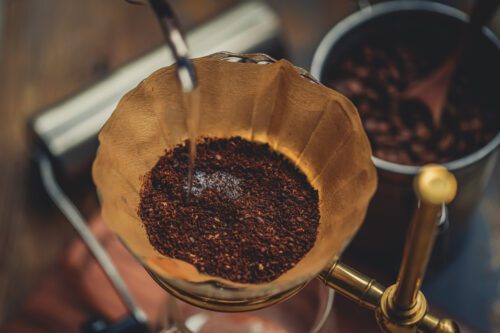
In terms of taste, the brewing method can also have a significant impact on the final product. For example, pour-over systems like the Hario V60 are known for producing a clean, bright cup of coffee with distinct flavor notes.
Choosing Between Espresso and Regular Coffee
So, which is better - espresso or regular coffee? As with most things, it ultimately comes down to personal preference.
If you prefer a strong, concentrated shot of coffee with a rich, full-bodied flavor and lower acidity, then espresso is likely your choice.
However, regular coffee may be better if you prefer a more subtle flavor profile with a lighter body and higher caffeine content.
Personal Preference is the Key
Ultimately, the choice between espresso and regular coffee comes from personal taste and brewing preferences.
Some coffee lovers enjoy the ritual of making a pour-over or French press, while others prefer the convenience and intensity of a quick espresso shot.
Whichever you choose, remember to always start with high-quality beans and fresh water to ensure the best possible flavor.
La Natura: High-Quality Beans for Exceptional Coffee
At La Natura, we are committed to providing the highest quality coffee beans for all brewing methods.
Our certified organic roasts are grown in mixed cultures and harvested by hand before being roasted using a traditional long-time drum process. Sustainability is key, so we use compostable, biodegradable, compatible capsules with Nespresso Original Line machines.
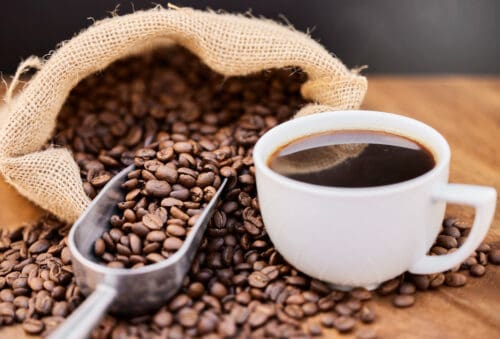
So, whether you're an espresso or regular coffee fan, try out some of our organic roasts for a truly exceptional coffee experience.
From rich, full-bodied espresso shots to bright, nuanced pour-overs, our beans will impress even the most discerning coffee lovers.
Conclusion: A Rich and Flavorful Cup of Coffee Awaits
In conclusion, while the differences between espresso and regular coffee may seem complex, it all comes down to how the beans are roasted and brewed.
Espresso is roasted longer, ground finer, and brewed under high pressure to create a concentrated shot of coffee with a rich, full-bodied flavor.
On the other hand, regular coffee is brewed using a slower drip process and can vary in flavor depending on the brewing method.
No matter your preference, always remember to start with high-quality beans and fresh water for the best possible flavor. And if you're looking for exceptional organic roasts, check out La Natura for a truly sustainable and delicious coffee experience.
